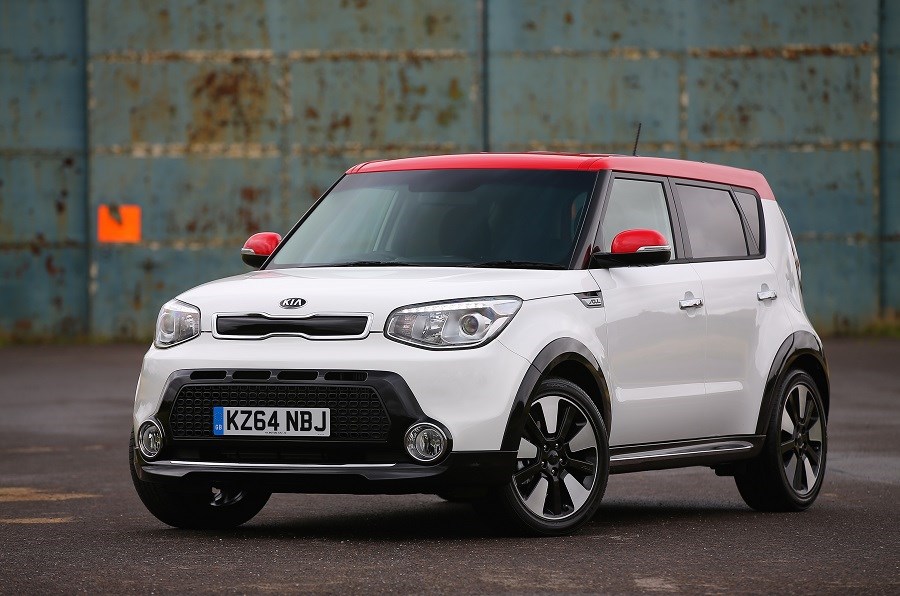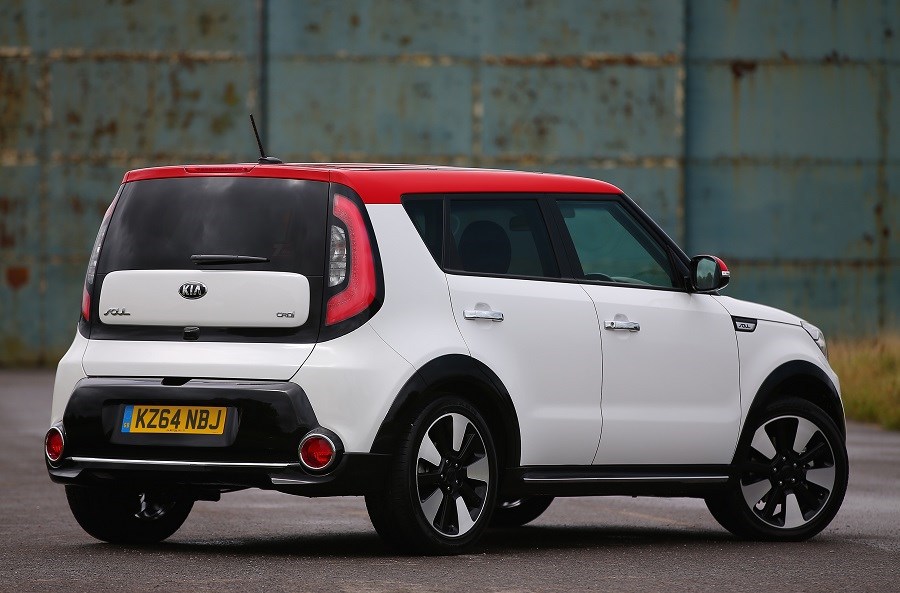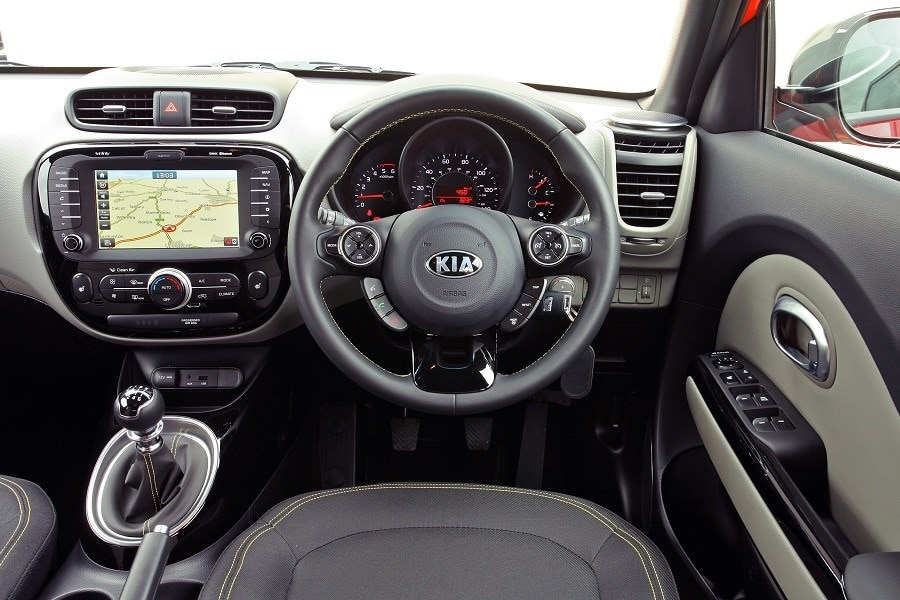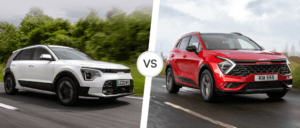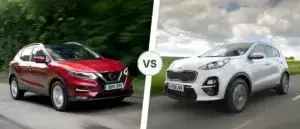Latest model
A second-generation Soul went on sale in April 2014. While noticeably similar in looks to the first Soul, it’s marginally larger and offers a longer wheelbase for improved interior space.
A revised version of Kia’s trademark ‘tiger-nose’ front grille features, along with low-positioned front fog lights and a trapezoidal front air intake. A new black panel also appears at the rear. The interior benefits from higher quality materials and a new touchscreen infotainment system.
The second-generation Soul sits on the same platform as the newer Cee’d, with improved efficiency from the existing diesel engine, as well as the introduction of a turbocharged 1.6-litre petrol engine. Kia also promised the updated Soul was better to drive, too, thanks to its new underpinnings. From late 2014, the Soul was also offered with a pure EV variant, although we have a separate review for this car.
In 2017 Kia introduced a powerful 1.6-litre turbocharged petrol engine to the Soul, which delivers 201bhp and is the same unit that features in the Cee’d GT hot hatch. This allows for a sprightly 0-60mph time of 7.5 seconds, while styling changes include a bolder front bumper, 18-inch alloy wheels, red highlights and twin exhaust pipes.
Further updates to the Soul included the introduction of Apple CarPlay and Android Auto, as well as new safety tech — such as blind spot detection and rear cross traffic alert. This revised Soul went on sale in late 2016. The trim level line-up was also brought into line with the rest of the Kia range, with the Soul adopting numeric trim levels, such as ‘1’, ‘2’ and ‘3’.
In 2019, Kia revealed an all-new Soul EV, and at the same time announced the third-generation Soul would not be sold with internal combustion engines in the UK. The petrol and diesel versions have since been removed from sale.
Value for money
The Soul has always been a well-priced model, with the last version costing from £13,995, before it fell from production. That’s on par with key rivals such as the Peugeot 2008, Nissan Juke and Renault Captur, which is important in such a crowded sector.
Standard equipment is commendable, too, with all cars coming with keyless entry, air-conditioning and electrically-adjustable door mirrors. It’s not bursting with kit, but offers plenty for the price. The ‘2’ seems a better option as that adds a seven-inch touchscreen with smartphone connectivity, 17-inch alloy wheels and automatic lights to name but a few features.
However, perhaps where the Soul is most appealing is on the used market, where it represents fantastic value for money. The cheapest Souls start from as little as £2,000, although that buys an early car with over 100,000 miles on the clock. Nearer £3,000 will pay for a well-specified 2009 car with around 70,000 miles on the clock. As for second-generation models, these start from £7,000 for a 2014 model, which is fantastic value.
There are not too many nearly-new models for sale, given the Soul is no longer on sale, but we saw savings of £4,000 available off examples less than 18 months old, which seems like a good price.
Looks and image
The compact crossover segment is now a hugely competitive and popular market, as manufacturers struggle to find USPs to help sell their models. However, the Soul’s funky looks is enough to make the South Korean crossover stand out. All Souls offer bold looks — helped by boxy and distinctive styling — but the latest 2017 model is the most desirable version. That’s because of its gloss black lower trim, which gives the Soul a funky two-tone look. Large alloy wheels are also a nice touch.
The interior isn’t quite so bold, as even the later models utilise Kia’s last-generation touchscreen system, rather than the cleaner and less-cluttered screen fitted to newer Kia crossovers — such as the Stonic and Niro. All versions, minus the entry-level ‘1’ grade, are fitted with a touchscreen, though. The later 2017 model also features higher-quality materials, with more soft-touch plastics and plusher-feeling materials in general. However, even early Souls still come with a pleasant cabin.
It’s quite a mixed bag when it comes to the way the Soul drives. It all looks so promising with the Soul being offered with a range of powerful petrol and diesel engines, which deliver a decent kick, making for eager overtaking performance. However, loose-feeling steering and a firm ride somewhat dampen the passage, although it remains an eager and likeable crossover to drive. The body roll is also well-controlled given its quite a slab-sided model.
